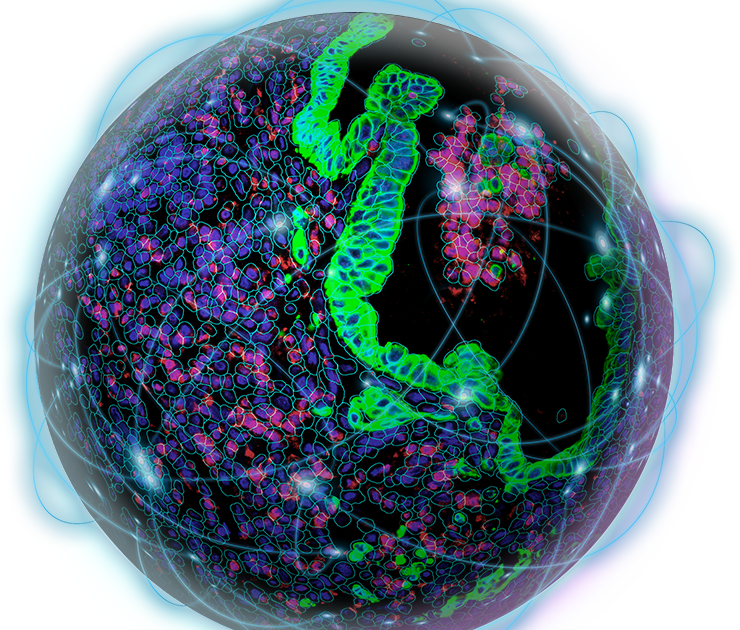
Revolutionizing Next-Generation Sequencing (5th edition) | A VIB.be Conference
NanoString Talk | Monday 27 March | 15:05 – 15:30 | Parallel Session 1: Spatial technologies
The Spatial Biology Revolution: multi-omic whole-transcriptome Digital Spatial Profiling and single-cell and sub-cellular ultra-high-plex Spatial Molecular Imaging
During the session participants will:
- Obtain new ideas, approaches and lessons learned relating to spatial transcriptomics;
- Learn more about using spatial transcriptomics, including novel methods for discovering spatial biomarkers using the latest digital spatial profiling chemistry;
- Better understand how to apply this technology in your research; and Understand how Spatial Profiling and Single Cell analysis complement each other.

Joseph Beechem
CSO and SVP of R&D
NanoString Technologies
Abstract
Next-Generation Sequencing of bulk samples, revolutionized our understanding of LifeScience research and the ability to discover biomarkers and understand cancer biology at a completely new level (e.g., TCGA dBase). Single-cell sequencing, however, pointed out the critical weaknesses of bulk-sequencing approaches, for both understanding sample heterogeneity and rare-cell populations. Single-cell sequencing (sc-Seq) approaches, while great at discovering new cell-classes and rare cells, suffers from the extreme limitation of requiring tissues to be dissociated, so that you never know how these (newly discovered) cell-types are organized in space, or function in the context of tissue architecture.
To solve this problem, NanoString has developed a next-generation of optical barcodes that enables spatially resolved, unlimited multiplexing of proteins and mRNA (in-situ) from very difficult tissue types (e.g., formalin-fixed paraffin embedded, FFPE). The assay utilizes affinity reagents (antibodies or in-situ hybridization probes) coupled to oligonucleotide tags which are either: 1) released from discrete regions of the tissue using focused UV (~ 385nm) exposure and then digitally counted at unlimited multiplex (ex-situ via GeoMx) or 2) imaged directly in space (in 3D) at single-cell and subcellular resolution by the CosMx Spatial Molecular Imaging (SMI).
Data will be presented highlighting the utilization of GeoMx Whole Transcriptome Atlas (up to 22,000 in-situ probes for protein-coding genes) to understand healthy and diseased Tissue and Cancer Biology (GeoMx now published in over 180 peer-reviewed manuscripts including Nature Medicine, Nature, Cell, Clinical Cancer Research).
Data for CosMx will be presented, describing the largest single-cell FFPE study ever put into the public domain (over 800,000 single cells, over 260 Million transcripts) examining non-small-cell lung-cancer and recently published in Nature Biotechnology (2022) (He, S., Bhatt, R., Brown, C. et al. High-plex imaging of RNA and proteins at subcellular resolution in fixed tissue by spatial molecular imaging. https://doi.org/10.1038/s41587-022-01483-z).
The CosMx SMI platform is now commercially shipping, and represents the highest-plex, highest sensitivity method of multi-omic sub-cellularly resolved detection in FFPE tissues. Also in December 2022, NanoString launched a Spatial Biology Cloud-Based Portal – AtoMx™ Spatial Informatics Platform, that allows both GeoMx and CosMx (big-)data to be analyzed in an integrated multi-user collaborative manner, absolutely essential for modern spatial biology studies.

